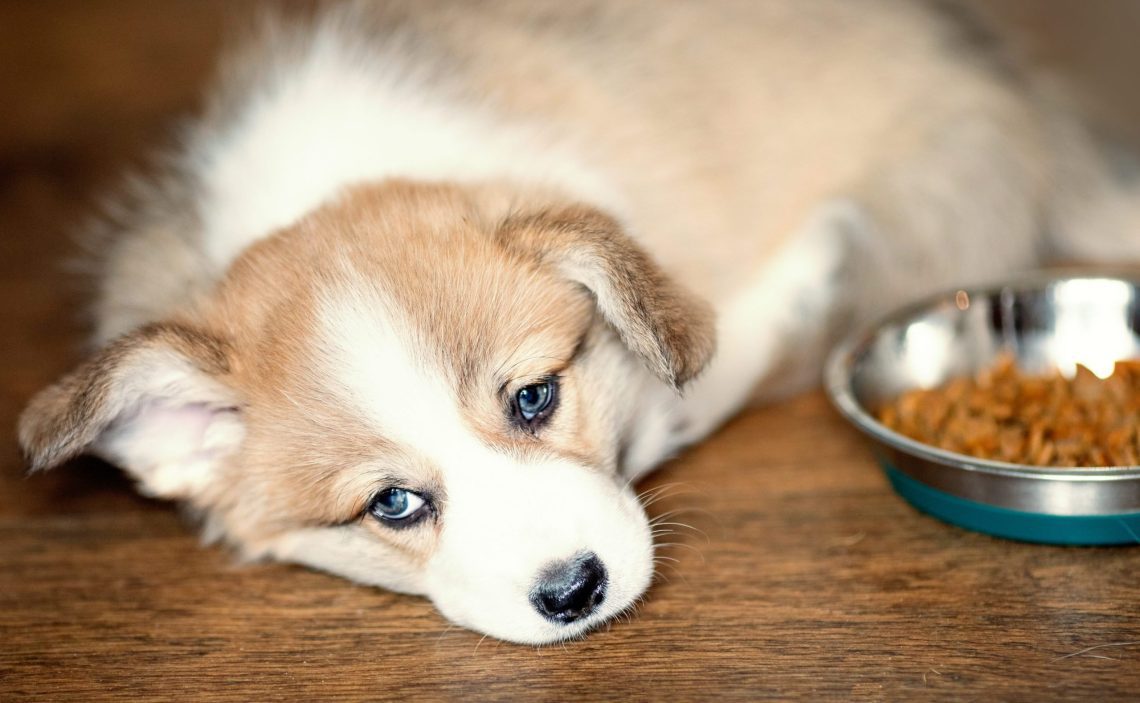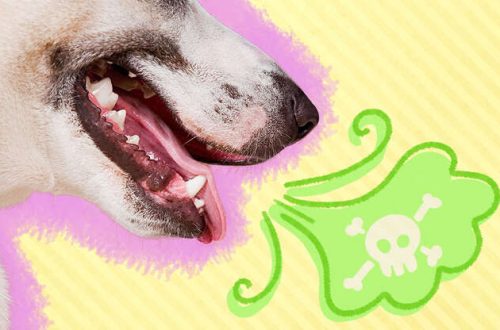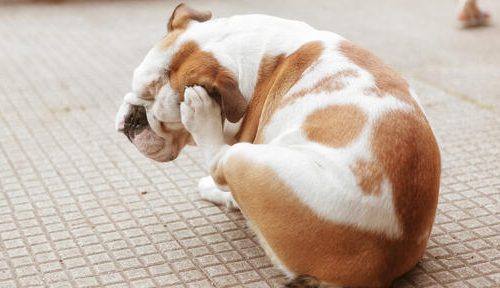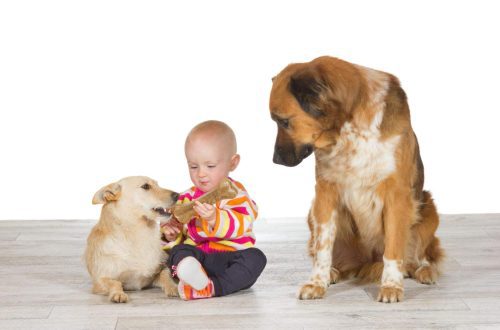
The dog does not eat food: why it happens and what to do about it
New dog food can appear in the house for various purposes – to transfer from natural, to prevent allergies, to support a growing or aging body. But pets, like people, are not always happy with change. Hill’s veterinarians explain how to transition your dog to a new food and why it’s not always easy or quick.
Contents
Why and how your dog needs to change food
Avoiding the problem of food rejection seems to be simple: maintain the same diet throughout the pet’s life. But this approach will not allow you to meet the needs of the animal at different periods of life – for example, during pregnancy or in old age.
Study the recommendations of experts to understand how often you need to transfer your dog to a new food. And when one of these life stages comes, take it gradually: mix the food that your dog is currently eating with the new one. Over the course of seven days, gradually reduce the amount of old food while increasing the amount of new food. This will avoid digestive disorders and other problems.
Why won’t my dog eat new food?
A pet may not appreciate even a perfectly matched food. The following reasons may make it difficult to switch to a new diet:
- Quality change. Obviously, lower quality food will not benefit the dog, so when changing diets, it is better to choose products from the same manufacturer or “upgrade”. But keep in mind that even premium food may not immediately delight your pet – unlike budget options, it does not contain harmful flavors and flavor enhancers.
- Sensitivity to components. New food may contain ingredients that are not suitable for your dog. If there are any signs of allergy—excessive scratching, rash, red eyes—suspend the transition to a new diet and consult your veterinarian.
- Spoiled food. Expired or improperly stored food can be not only unpalatable, but also hazardous to health. Check the expiration date on the packaging and evaluate the smell of the product. If there is any suspicion that the food has gone bad, dispose of it.
- Wrong temperature. Trying out a new food can be prevented by its temperature: too low or too high. Try reheating or cooling your dog’s food before feeding and watch your pet’s reaction.
Important: The above reasons only apply to situations where a dog refuses a new food. If your pet suddenly loses its appetite even without changing the diet, go to a veterinarian – this may be a symptom of the disease.
What to do when the dog does not eat food
If the doctor confirms that the dog is healthy and really needs a new diet, try to give the pet the right to choose: buy not a year’s supply of new food, but several small testers and track the reaction to them.
Do not abuse treats – in the process of transition to a new diet, they interfere rather than help. And be patient: the mission may take more than one week to complete.





